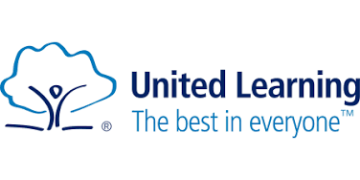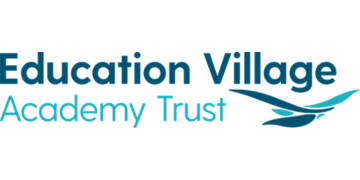Every year, it feels like we cross a threshold earlier and earlier: that moment where the excitement of the new term gives way to exhaustion, lurgies and the autumn blues. But the nights aren’t drawing in any faster than they used to, and this trend is neither inevitable nor irreversible.
Of course, I’ve just given myself away as an optimist. The more cynical reader might also say I’ve given myself away as someone who isn’t working in a school.
Both are undeniable facts, but I work with enough schools to know that optimistic leadership can make a real difference – even to the most cynical.
Optimism is more than wishful thinking. It is the feeling of having a measure of control of our fate – that what we want is achievable through our efforts. It is more than simple hope, because optimism involves a willingness to face brutal facts.
Whatever your role in school, brutal facts are lurking somewhere. They might be keeping your staff up at night or making tummies churn when you enter a room.
As leaders, our job is to bring them into the light so that we can address them. After all, that is the key to improvement.
But to do that, we need staff who refuse to resign themselves to the brutal facts, staff who will join us in charting a difficult course past hopelessness and denial. In short, our aim is to model and foster in our teams what I call optimistic realism.
Before the autumn blues claims too many more victims, here are five practical techniques for doing just that:
Create a pre-victorium
This is where you tell the story of what success looks like in the future. Leaders must always speak ‘hope’ among the brutal facts.
Success breeds optimism, so ensure that you are making past success constantly visible. Read out the great notes from parents, young people and the community, tell the story of your alumni or focus on a pupil case-study.
Talk about what future success is going to look like in detail: the future needs to feel like a real place for us to connect to it and buy in.
Conduct a ‘pre-mortem’
A ‘pre-mortem’ is when you anticipate all the things that could be barriers in advance. You are more able to control things if you know they are coming.
Create two lists: what you can control and what you really can’t. Rank the ones you can in order of importance and start working out how.
Build frustration lists
Small things can stop progress. Ask people to submit their frustrations, then start fixing them. Tell people when you have. (Anything significant should go into the pre-mortem.)
Get everyone on TASC
Everyone needs to understand what they are being asked to do. I use Brene Brown’s TASC model
- Task owner: who is responsible?
- Authority: does this person have the power/position to do this task?
- Success: are they set up to achieve?
- Checklists: are there clear steps to get there?
We should also be asking people, ‘what am I missing?’ and listen to what they tell us.
(For those of you going through exam analysis with subject heads, do they know what you are expecting? Do they have an example of ‘done’?)
To-do and ta-da lists
Next to each of your ‘to-dos’, write down the success that will happen as a result of you doing that task. You will soon see the ones that need your time and the ones that can wait.
To keep optimism high, at the end of each week, write a ‘ta-da’ list celebrating all you have done – individually and as a team.
Then, instead of listening to the criticism sub-committee (in the staffroom or in your head), seek out the board of praise (there’s one in both places too!). You are the chair of that board for your team, so make yourself heard.
Having optimistic realism helps us be clearer, more focused and more equipped, so that we can get ahead of the brutal facts before they get ahead of us.
And the autumn blues are just one of those brutal facts.











Your thoughts